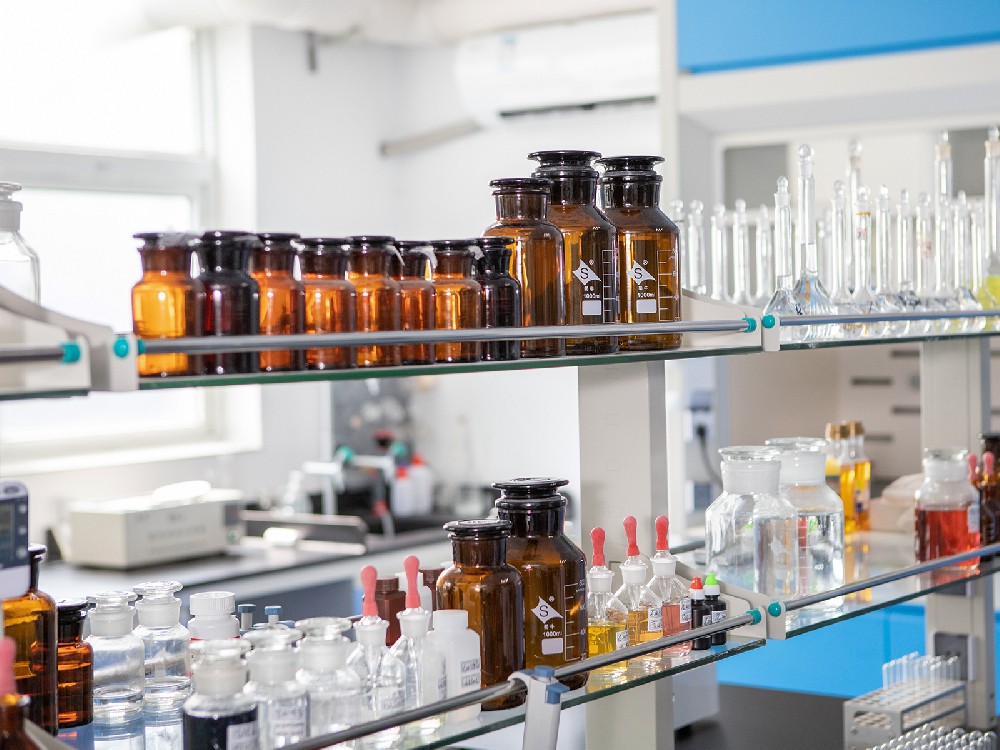WhatsApp:
+86 18866361895
WhatsApp:
+86 18866361895
The Importance of Food Safety and InstrumentsWith the increasing emphasis on food safety by the country, food testing projects are becoming increasingly complex, and higher precisi···
 在线咨询
在线咨询

The Importance of Food Safety and Instruments
With the increasing emphasis on food safety by the country, food testing projects are becoming increasingly complex, and higher precision requirements are also being put forward for instruments. These testing items cover multiple aspects such as pesticide residues, veterinary drugs/antibiotics, additives, heavy metals and harmful substances, toxin microorganisms, conventional physicochemical properties, and contact materials.
02
Analysis of 176 types of food testing instruments
>Introduction to Basic Instruments
For different items in food testing, corresponding instruments need to be selected for precise analysis. To help you better understand the types of instruments commonly used in food testing laboratories, we have compiled the following 176 instrument summaries for your reference.
Electronic balance: used for precise weighing of reagents, samples, and standards in food inspection.
Acidimeter: measures the pH value during food inspection to ensure accurate control of acidity and alkalinity.
Freeze centrifuge and centrifuge: Extract and separate nutrients or pollutants from food samples, providing pure samples for subsequent analysis.
Ultra clean workbench and biosafety cabinet: provide a locally clean working environment to ensure the safety and hygiene of food inspection.
>Sample processing equipment
Soxhlet extractor and supercritical extractor: efficiently extract nutrients or pollutants from food, providing reliable data for analysis.
Magnetic stirrer: used for uniform mixing and reaction of target substances during food inspection.
Microwave digestion instrument (high pressure): efficiently digests food samples to prepare for subsequent analysis.
Freeze drying machine and floral ice maker: used for freeze-drying of samples and preparation of ice, respectively, to meet the different needs of food inspection.
High pressure sterilizer: ensures the sterile state of reagents and instruments in food inspection, ensuring the accuracy of results.
Search_image_1_Soxhlet extractor
Search_image_1_Freeze drying machine
Search_image_3_ Ultrasonic cleaner
>The functions and applications of the device
Refrigerators and freezers: used for long-term storage of samples and reagents to ensure their stability and reliability.
Vertical ultra-low temperature refrigerator: provides an ultra-low temperature storage environment for food samples and reagents, extending their shelf life.
Ultrasonic cleaner and ultrasonic extractor: used in food inspection for deep cleaning, degassing, mixing, and extraction of nutrients or contaminants from samples.
Muffle furnace and electric constant temperature drying oven: respectively used for food ash content determination and sample drying treatment, providing the necessary conditions for subsequent analysis.
Electric constant temperature incubator and vacuum drying oven: provide a stable temperature environment for microbial cultivation and sample drying in food inspection.
In addition, there are equipment such as homogenizers, tissue homogenizers, and constant temperature mixers used for the crushing, homogenization, and emulsification of food samples, as well as the homogenization of target substances. At the same time, there are equipment such as solid-phase extraction devices and rapid solvent extractors used for automated extraction of target substances in food samples. In addition, it also includes fully automatic nucleic acid extraction systems, nitrogen blowers, and other equipment used for nucleic acid extraction, purification, and concentration of target substances. In addition, there are equipment such as microscopes and real-time fluorescence quantitative PCR detection systems used for observing cell and microbial samples, gene amplification analysis, and rapid and quantitative detection of pathogenic microorganism related genes in food. Finally, there are also fully automated microbial immunofluorescence analysis systems, fully automated food microbiological quantitative analysis systems, and other equipment used for rapid screening, quantitative analysis, and identification of pathogenic microorganisms in food. These devices together constitute the complete range of instruments in the food testing laboratory, providing comprehensive technical support for food inspection.